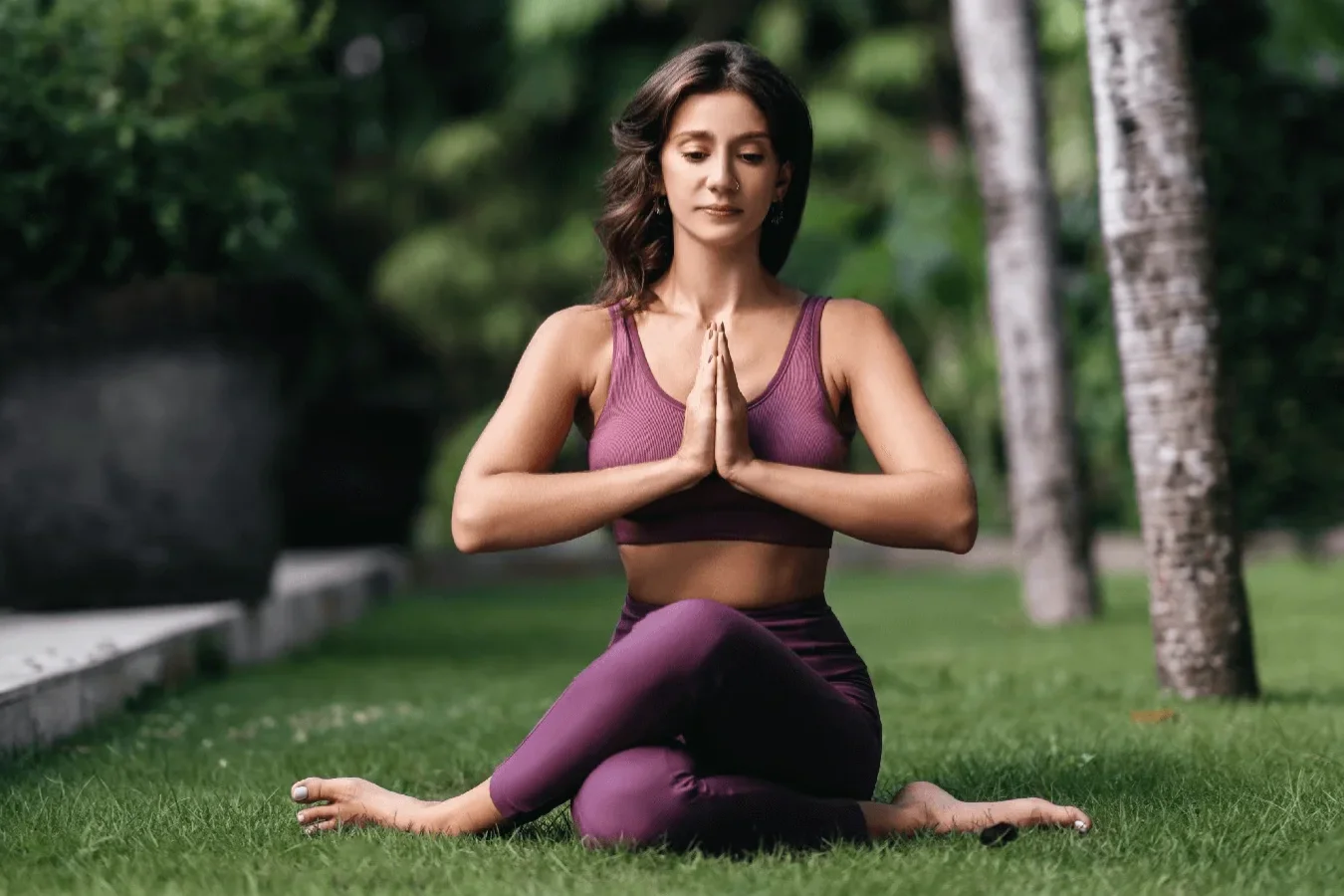Introduction
In today’s fast-paced world, finding moments of peace and presence can be challenging. Yoga, an ancient practice, offers a powerful solution through the concept of mindfulness. By integrating mindfulness into yoga, you can cultivate a deeper connection with yourself and experience the present moment more fully. In this article, we explore how yoga can help you achieve mindfulness in motion.
Understanding Mindfulness
Definition of Mindfulness
Mindfulness is the practice of being fully present and engaged in the current moment, aware of your thoughts, feelings, and surroundings without judgment. It involves paying attention to the present experience rather than dwelling on the past or worrying about the future.
Benefits of Practicing Mindfulness
Practicing mindfulness has numerous benefits, including reduced stress, improved mental clarity, and enhanced emotional well-being. It can also lead to better physical health by lowering blood pressure, improving sleep, and boosting the immune system. Mindfulness helps create a sense of calm and balance, making it easier to navigate the complexities of daily life.
The Connection Between Yoga and Mindfulness
How Yoga Encourages Mindfulness
Yoga naturally promotes mindfulness by combining physical movement with breath awareness and meditation. Each yoga pose, or asana, requires focus and concentration, encouraging practitioners to stay present. The rhythmic flow of movements paired with mindful breathing helps synchronize the mind and body, fostering a state of mindfulness.
Integrating Mindfulness into Yoga Practice
To integrate mindfulness into your yoga practice, start by setting an intention to stay present throughout your session. Pay close attention to your breath, body sensations, and thoughts as you move through each pose. Practicing yoga mindfully means performing each movement with awareness and being fully engaged in the process.
Mindful Breathing in Yoga
Importance of Breath Awareness
Breath awareness is a cornerstone of both yoga and mindfulness. Focusing on the breath helps anchor your mind to the present moment and enhances the connection between mind and body. Conscious breathing also calms the nervous system, reducing stress and promoting relaxation.
Techniques for Mindful Breathing
Several techniques can enhance mindful breathing in yoga. One such technique is Ujjayi breath, or “victorious breath,” which involves breathing deeply through the nose while slightly constricting the throat. Another method is Nadi Shodhana, or alternate nostril breathing, which balances the breath and calms the mind. Practicing these techniques during yoga can deepen your mindfulness experience.
Read More:
The Power of Yoga: Strengthening Body and Mind
Mindful Movement Through Yoga Poses
Paying Attention to the Body
Mindful movement involves paying close attention to your body’s sensations, alignment, and energy flow as you move through yoga poses. By being aware of how your body feels in each pose, you can make adjustments to enhance comfort and stability, preventing injury and promoting a deeper connection with yourself.
Key Poses to Promote Mindfulness
Certain yoga poses are particularly effective in promoting mindfulness. Mountain Pose (Tadasana) encourages grounding and awareness of the body’s alignment. Tree Pose (Vrksasana) enhances balance and focus. Corpse Pose (Savasana) allows for complete relaxation and reflection, integrating the benefits of the practice. Incorporating these poses mindfully can enhance your overall yoga experience.
The Role of Meditation in Yoga
Incorporating Meditation into Yoga Practice
Meditation is an integral part of yoga that deepens mindfulness. Including a short meditation session at the beginning or end of your yoga practice can help center your mind and enhance your focus. Guided meditations, such as body scans or loving-kindness meditations, can also be beneficial in cultivating mindfulness.
Benefits of Meditation for Mindfulness
Meditation strengthens the mind’s ability to stay present and aware. Regular meditation practice can improve concentration, reduce negative thought patterns, and enhance emotional resilience. When combined with yoga, meditation creates a holistic practice that nurtures both the mind and body.
Creating a Mindful Yoga Routine
Tips for a Consistent Practice
Consistency is key to developing a mindful yoga practice. Set a regular schedule for your yoga sessions, even if it’s just a few minutes each day. Create a dedicated space for your practice, free from distractions. Listen to your body and choose poses that feel right for you each day, allowing your practice to evolve naturally.
Setting Intentions for Mindfulness
Setting intentions can help keep your yoga practice focused and purposeful. At the beginning of each session, take a moment to set an intention for mindfulness, whether it’s to stay present, release stress, or cultivate gratitude. Revisit this intention throughout your practice to maintain a mindful state.
Conclusion
Yoga is a powerful tool for cultivating mindfulness and living in the present moment. By combining mindful breathing, movement, and meditation, yoga helps you connect deeply with yourself and experience the world more fully. Incorporating mindfulness into your yoga practice can lead to profound physical, mental, and emotional benefits. Embrace this journey and discover the transformative power of yoga and mindfulness.

